Memories of my first kettlebell certification with Pavel back in October, 2007 are still branded in my mind as a reminder of how green I was when I took on this challenge. Part of my “green-ness” was my ignorance of how my own body was moving through space and how to get my brain to tell my appendages what and when to do something.
Many phrases were used copiously throughout the weekend that made absolutely no sense to me at the time. For example: “make space in your hips,” “spread your hip bones apart,” and “make your femurs longer.” I was still trying to figure out the difference between a squat and a hip hinge. Ah, the good old days!
Since my completion of that course, I have tasked myself with spreading the message of strength and quality movement to open minds and ears that are willing to hear. In doing so, I’ve found it necessary to make the message simple and quickly transferable. The following is the visual, or intrinsic cuing, that I use to help my students understand those aforementioned phrases I wasn’t able to process early on.
How to Translate Confusing Squat Cues
Think of your femurs as being on sliders rather than being hinged on a single pivot point. The intent is to think that they can be shifted away from the pelvis, “making space for the hips” on these imaginary sliders. Think of pushing out against a force that’s trying to collapse your legs inward “by spreading your hips bones apart” at the spot where your front pants pockets would be.
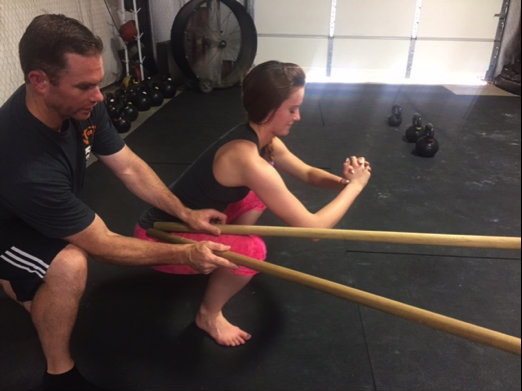
Also, imagine the femurs can “get longer” from the center of the bone. If the femur was divided equally in half, it could be “stretched” forward and backward.
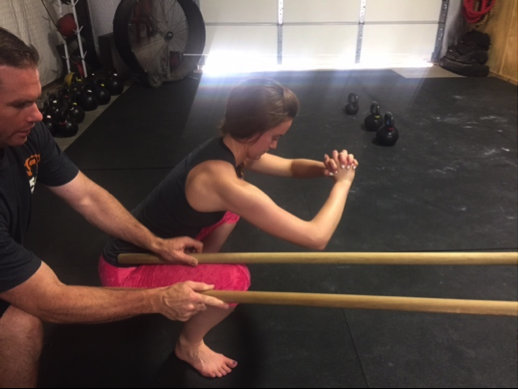
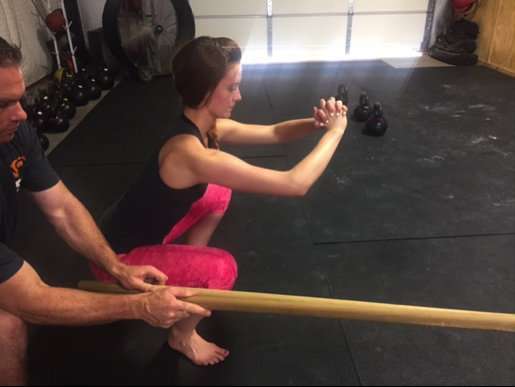
Obviously, the bones in your legs don’t have the capability to move like this, but the mental focus and intent of the imagery sets the hips for a proper squat. Try it out and let me know in the comments section if it worked for you or your students.
Summary of Squat Cues
- Make Space or Pry Your Hips Open
- Push Out Against Hip Pockets
- Slide the Femurs Away from the Pelvis (Rather Than Push Knees Out on a Single Pivot Point)
- Make the Femurs Longer From the Center of the Bone
Even better – a video explanation:
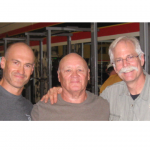
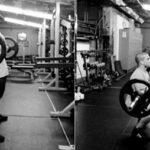
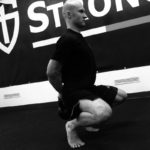
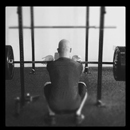



Very helpful. Thanks for sharing!
Thank you so much for this article. Cleared up some confusion for me regarding creating space. I was having some pain in my left hip flexor when doing goblet squats. It’s practically all gone if I think of lengthening the femurs. Thanks again!
I know this article is only intended to be a visualization to help a lifter squat properly, but anatomically speaking it might not be the right way to think about your squat. In proper flexion of the hip joint the head of the femur should translate posteriorly in the acetabulum. Anatomically speaking, this would be a slight shortening of the femur in proper biomechanics of the squat. For this posterior translation of the head of the femur to occur, one must have good flexibility in the deep lateral rotators of the hip. The deep lateral rotators of the hip are very similar to the rotator cuff muscles of the shoulder. Both the deep lateral rotator muscles and the rotator cuff muscles attach into the actual capsules of the joint. For the most part, the deep level rotators of the hip attach posteriorly to the joint capsule, making their flexibility crucial to this posterior translation to occur . What many do not know, is that the iliacus muscle attaches anteriorly to the hip capsule. In proper hip flexion this contraction not only flexes the femur but polls slack out of the capsule to preevent anterior translation of the head of the femur, and prevents pinching of the capsule as well. . Of all the trainers I have ever read, Pavel is the only one who instructs to contract deep in the crease of the front of the hip when descending deep into the squat. This deep contraction of the hip flexor is the linchpin contraction of the deep squat. Without this hip flexor contraction one could get the infamous butt wink in the squat. This is potentially dangerous to your lumbar spine moving you out of neutral into a flexed position. It also leads to a whole host of bad recruitment patterns of the muscles.
As I said before, I know this article is only meant as a visual tool to help people. The only reason why I decided to write, was to prevent potential injuries.
Now that I think of it for a second, that lengthening “feel” might be the anterior pull on the hip capsule from the hip flexor pulling out the slack of the capsule. In my mind this could create a feel of lengthening even though there is posterior translation of the head of the femur in the acetabulum. .
Just wanted to qualify what I said before. There are fibers of the iliacus that attached to the anterior hip capsule, with its own neuromuscular junction for this hip capsule slack pull. . I know that the iliopsoas ultimately attaches to the lesser trochanter of the femur.
Thanks for the detailed response, Ken. No doubt the hip complex is a very complicated anatomical structure and individual variances play a huge role in squatting technique and ability, not to mention mobility/stability restrictions on individuals. This internal cue isn’t a cure-all for sure, but has been field-tested and resulted in quick carryover in a teaching environment.
Thanks again!
Jason
Steven, thank you for your kind words, great to hear from you!
Hello from Rockwall Texas! I first learned of “prying” and “spreading” when I met Pavel at the USSS Training Center in Maryland 11 years ago. What a revelation and what a relief … for my hips! This same cue can be using for the shoulder when performing arm bars and during a TGU. This one cue has kept me in the lifting game and along with all the other mobility work, allowed me to stay healthy. I am looking forward to my first Tactical Strength Challenge this October. Thank you for this great article! “Spread” the word!
Thank you, Steven! Good luck with the TSC!
Jason,
I know this is a bit off the subject. But would you do a break down on the cues of pull ups?